A Calmer Wilder St.
For Gail McKeel and her friends in Glass Farm,
the line they sometimes told one another during long conversations dreaming up ideas for their neighborhood while looking up at the Rivoli from the alley they worked to keep clean, was, “Hey, we’re already livin’ it!”
So when Gail moved into her new home on Wilder Street in 2017, right around the corner from her mother’s home, it wasn’t too long before she started to notice what was just outside her front door and began to see its future differently.
At the end of her driveway, Gail sees a lot of traffic, car after car passing through coming down off Campbell Street heading north straight toward the Tennessee River; or racing up Wilder climbing up to Campbell Street and heading east. All getting somewhere in a hurry.
Wilder is a long stretch that begins at Campbell Street in Glass Farm, near the bottom edges of Sherman’s Reservation, and continues north intersecting with Wheeler, Taylor, Dodson, Curtis, Roanoke, North Hawthorne and all the way to Riverside Drive.
It’s not uncommon for a heavy stream of traffic to come through with drivers driving easily 15 miles above the speed limit in either direction, she said. It’s also not uncommon for these drivers to just see Wilder Street as their own twice-daily cut-through commuter route instead of seeing a place, a neighborhood of homes and of families.
Adding to the anonymity, there are no sidewalks nor crosswalks to signal that human beings live here, walk here, visit here, play here, and are also trying to use the road just to leave their driveways, walk their children to their grandmother’s, or simply cross the street.
City officials had already told residents that installing speed humps was not an option primarily due to Wilder Street being a major route for emergency vehicles. Traffic calming humps are a burden to firetrucks and ambulances needing to get quickly across town. But, in her short time living on Wilder, Gail says she has already seen her share of near emergencies. Without designated crosswalks at any of the intersecting roads across Wilder, pedestrians, including many children, have no sure place to cross the street and are forced to negotiate with fast moving traffic.
This summer, Gail decided to take the issue to the next meeting of the Chattanooga Urbanists (CURB), a community organization that “seeks to connect emerging professionals who are interested in how design and planning affect how the city looks and feels.” During a CURB meeting that was taking place in the Glass House Collective office, CURB’s founding member and co-director Sally Morrow, an Urban Designer with the Chattanooga Design Studio, teamed up with Aaron Cole and Lauren Dunn, both with the Chattanooga AIA Extended Studio, and together took on Gail’s vision of slower traffic on her street.
For the next few months, Gail and the Extended Studio team stress tested some of the city’s new processes for handling requests involving citizen-lead temporary solutions for their streets. Other partners like Range Projects came on board to help create a reusable and large template that the team could use for their first installation. Even the brewers at Velo Coffee Roasters provided hot coffee for volunteers.
The end result is a series of multi-colored painted dots down the middle of Wilder Street located at every intersection as a visual device to try to slow down drivers. On installation day 20 volunteers came out on a weekend before Christmas to help paint the large circles up and down the street. The coming weeks and months will tell how effective the tactical art project has been and what else can be done.
But so much more happened as a result of this experiment. For one thing, after going door to door to let everyone know that the road would be closed for the installation day, Gail was able to introduce herself to more of her neighbors than she ever knew before. And, when the street closed for a few hours, even the Wilder Street kids came out of their homes and met one another in the street as a safe and temporary playground, if just for a few hours, to play with their remote control cars.
Wilder Street residents now know that in teaming up with the AIA Extended Studio they have an actively engaged and informed crew of advocates who can help them navigate and develop new ideas to improve their streets.
“Getting the right people to talk to each other can sometimes have barriers. But this kind of process can help reduce those barriers, especially a project that is easily executed, temporary in nature, but impactful,” said Laura Dunn, with AIA Chattanooga.
Dunn also said she understands there can be frustration inside the neighborhood with how to work and communicate effectively with the city, often leaving many feeling left out or unheard. “Hopefully, this process will create more positive thinking, encourage more ideas, and knowledge that some one is listening,” she said.
The chance to work with the Wilder Street residents was also an opportunity to have that larger conversation about how our streets are used and who has a say.
“We want to highlight that city streets are the most abundant public space we have and they should be made more friendly for pedestrians,” Cole said. Highlighting Wilder, a street widely used by commuters, brings up the other side of the conversation. “These are places where people live, so how do we respect, prioritize and give those people a little more say in how their streets are being used,” he said.
Whats more, now City officials know that there are many people who care, are watching, are willing to do the work, and want a say in the changes needed to make their streets safer.
“When it actually works it gives you a boost!,” Gail said
Thank you, Gail, for showing us how it’s done!
Check out photos from the day here .
Media coverage in the Times Free Press.

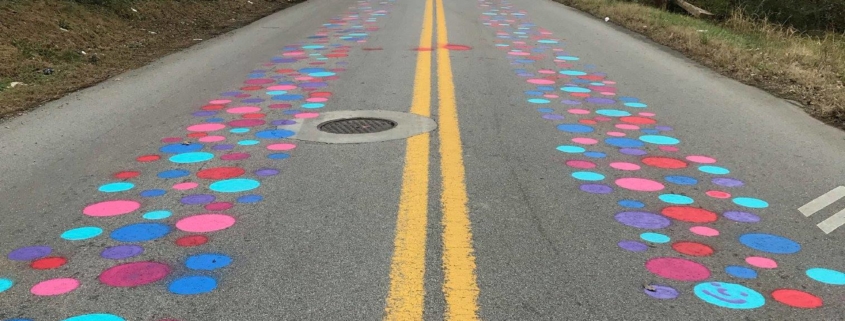

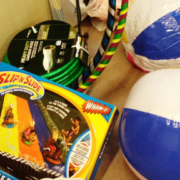
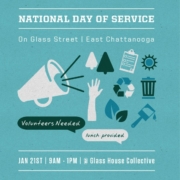
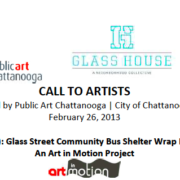
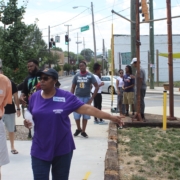
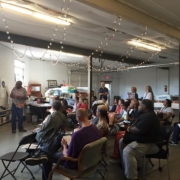
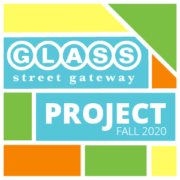



Leave a Reply
Want to join the discussion?Feel free to contribute!